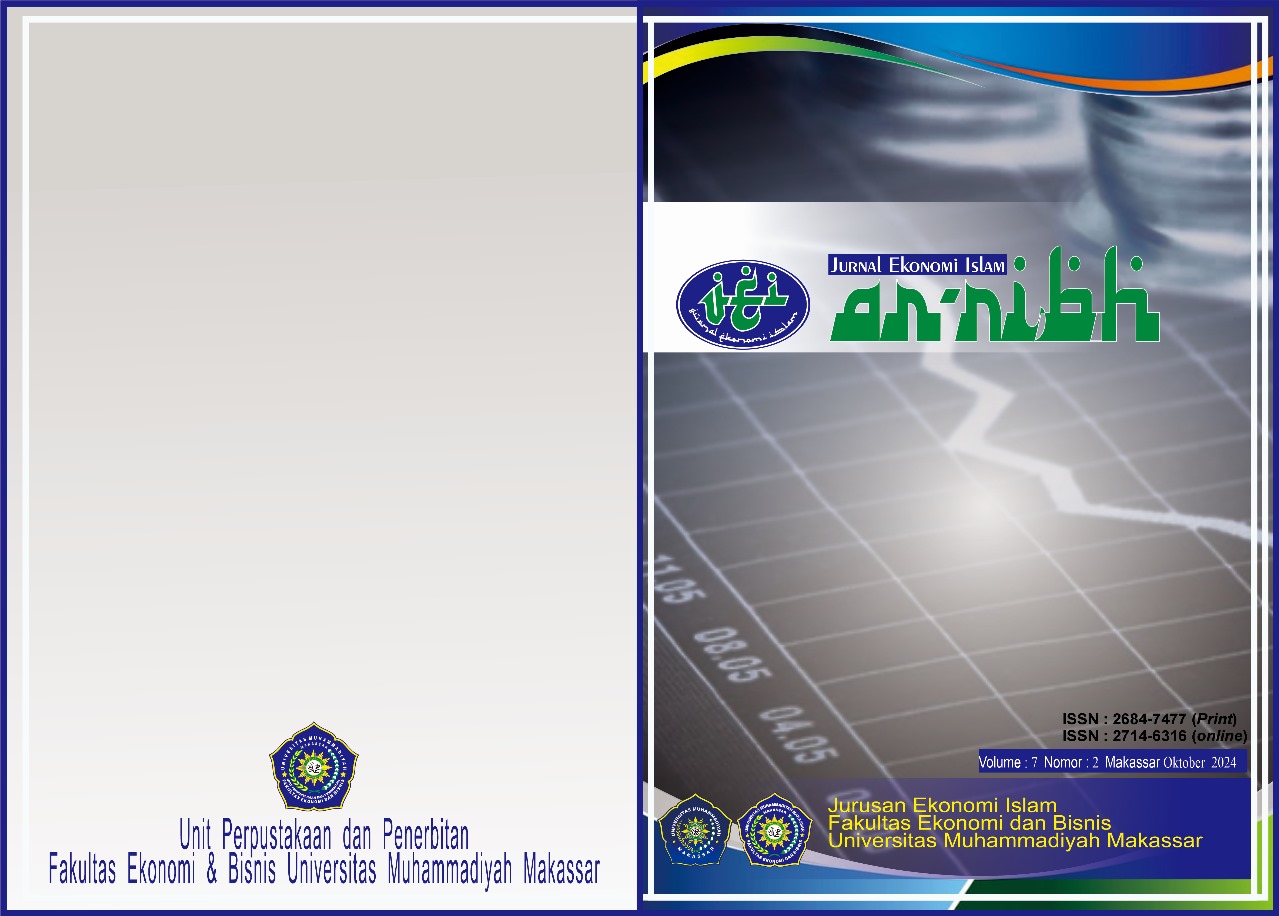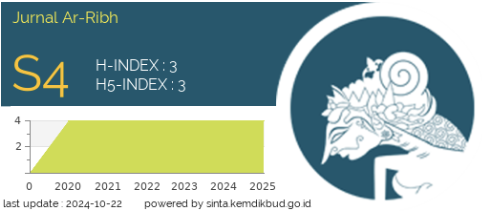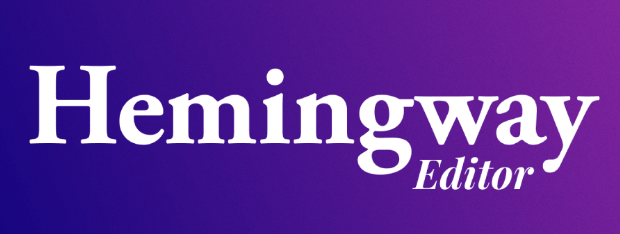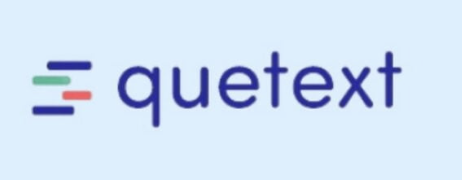Village Financial System, Accountability, Transparency, and Sharia Economic Analysis
DOI: https://doi.org/10.26618/5knnyg22
Abstract
This research analyzes the Islamic Economic Analysis of Accountability and Transparency of the Village Financial System (SISKEUDES) in Cempa Pinrang District. The purpose of this research is to analyze the implementation of accountability, identify the level of transparency, and conduct an Islamic Economic Analysis of the Village Financial System (SISKEUDES) in Cempa Pinrang District. The research method used is descriptive qualitative. This type of research is field research. This research approach employs a case study approach. The data sources used are primary data in the form of direct interviews with village officials, the community, and secondary data in the form of books, journals, and articles related to the discussed topic. The results of this research show: 1). Overall, Siskeudes has successfully improved various aspects of accountability in village financial management, although it is important to continue monitoring it. This system encourages honesty and legal compliance, makes financial processes more orderly and easier to supervise, and makes the planning and implementation of village programs and policies more transparent with active support from the community and the BPD. 2). The transparency of Village Funds in Cempa Pinrang District is good in providing data. However, the main issue is that the community still has difficulty understanding information that is too technical and not all residents have equal access. Therefore, true transparency means that information must be easy to understand and accessible to everyone, so that accountability in the use of Village Funds can truly be realized3). Siskeudes has reinforced the principles of Islamic economics in village financial management: encouraging honesty (Siddiq) in data, enhancing responsibility (Amanah) through transparency and oversight, and honing the intelligence (Fathonah) of village officials in digital administration. However, the main challenge of Tabligh (information dissemination) is to ensure that transparent data can be easily understood and accessed by all layers of society, so that transparency truly empowers and encourages public participation.References
Basrowi, & Surwardi. (2008). Memahami Penelitian Kualitatif. Rineka Indah.
Haikal, M. F., & Mauliana, dan D. (2022). Akuntabilitas Dan Transparansi Dalam Pelayanan Publik (Studi Kasus Pelayanan E-KTP di Kantor Kecamatan Tallo Kota Makassar) Mongondow). Jurnal Administrasi Negara, Volume 28.
Husna, C. H. (2024). Pengaruh Kompetensi Pemerintah Desa, Partisipasi Masyarakat Dan Pemanfaatan Teknologi Informasi Terhadap Akuntabilitas Pengelolaan Dana Desa Dengan Transparansi Sebagai Variabel Moderating (Studi Akuntabilitas Pengelolaan Dana Desa di Kec. Lhoknga). Universitas Islam Sultan Agung.
Indonesia, K. A. R. (n.d.). Al-Qur’an dan Terjemahan. Sygma Examedia A.
Indonesia, K. A. R. (2012). Syamil Al-Quran. Sygma.
Kementerian Agama RI, Al-Qur’an dan Terjemah. (2019). Lajuan Pentashilan Al- Qur’an.
Mannan, M. A. (2018). Ekonomi Islam; Teori dan Praktek. PT Intermessa.
Mardiasmo. (2018). Akuntansi Sektor Publik, edisi terbaru. Andi.
Mursyidi. (2015). Akuntamsi Pemerintahan di Indonesia. Refika Aditama.
Mustafa, A. (1993). Tafsiran Al-Maraghi (C. T. Putra (Ed.); II).
Naihasya, S. (2006). Kebijakan Publik Menggapai Masyarakat Madani. Mida Pustaka.
Nugraha. (2022). Akuntabilitas Keuangan Desa: Teori dan Praktik Pengelolaan Dana Desa. Penerbit Universitas Indonesia.
Patarai, M. I. (2017). Kinerja Keuangan Daerah. De La Macca.
Praptoyo, S. I. H. S. (2015). Akuntabilitas dan Transparansi Pertanggungjawaban Anggaran Pendapatan Belanja Desa. Jurnal Ilmu & Riset Akuntansi, Vol. 4.
Prasetyo. (2021). SISKEUADES: Digitalisasi Pengelolaan Keuangan Desa. Penerbit Teknologi Indonesia.
Rahmat. (2021). Pengelolaan Keuangan Desa dan Penyusunan APBDes yang Partisipatif. Penerbit Andi.
Retnani, P. A. B. dan E. D. (2021). Akuntabilitas dan Transparansi Pemerintah Desa dalam Pengelolaan Alokasi Dana Desa Leminggir Kecamatan Mojosari. Jurnal Riset Dan Ilmu Akuntansi.
RI, K. A. (2017). Al-Qur’an dan Terjemah,. Diponegoro.
SASAUW, A. F., RORONG, A. J., & PALAR, N. (2021). Akuntabilitas Penyelenggaraan Pelayanan Publik Pemerintah Di Kantor Kecamatan Tahuna Kabupaten Kepulauan Sangihe. Jurnal Administrasi Publik, VoL.2.
Shihab, M. Q. (2002a). Tafsir Al-Mishbah Pesan, Kesan dan Keserasian Al-Qur’an,. Lentera Hat.
Shihab, M. Q. (2002b). tafsira al-mishbah pesa, Kesan dan Keserasian al-Qur’an. letera hati.
Shihab, M. Q. (2015). Tafsiran Al Misbah Jilid 11. letera hati.
Shihab, M. Q. (2016). Al-Mishbah, Pesan, Kesan dan Keserasian Al-Qur’an. Cetakan : III. Lentera Hat.
Susanti1, D. R., & Darna, N. (2023). Analisis Sistem Pengelolaan Keuangan Desa Melalui Penerapan Siskeudes Terhadap Kualitas Akuntabilitas Keuangan Desa di Kantor Desa Ciherang Kecamatan Banjarsari Kabupaten Ciamis. Jurnal MASMAN :Master Manajemen, Vol. 1, No.
Tanjung, A. H. (2014). Akuntansi, Transparansi, dan Akuntabilitas Keuangan Publik. BPFE UGM.
Widayati, S. R. (2024). Mediasi Pengawasan Dan Transparansi Pada Pengaruh Transaksi Non Tunai Terhadap Akuntabilitas Pengelolaan Keuangan Desa di Kabupaten Semarang. Universitas Islam Sultan Agung Semarang.














